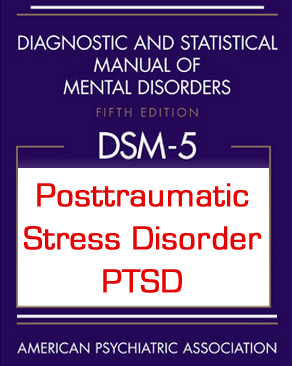

On an annual basis, DSM publications have created over $100 million profit for the APA to date.Coming March 2022 The Diagnostic and Statistical Manual of Mental Disorders, Fifth Edition, Text Revision (DSM-5-TR)ĭSM-5-TR will be published in March 2022. With the DSM’s criteria, distinct symptoms with ambiguous causes can potentially be treated and lessened with a smaller margin or error.

Related Resource: Top 10 Best Applied Behavior Analysis Online Programs 2015ĭespite the controversy that it has generated, the DSM has continued to serve as a cornerstone of the psychological community. In addition to subjectivity in terms of defining pathological conditions, organizations such as the National Institutes of Health have also criticized the DSM for its arguable focus on superficial symptoms. The shades of doubt some have cast over the DSM have often been related the inherent subjectivity of some its claims, which could pose a challenge to any definitive claims of validity.
:max_bytes(150000):strip_icc()/five-axes-of-the-dsm-iv-multi-axial-system-1067053_final-d78ac2f718b34f548e2f5404faab71ca.png)
While the DSM is recognized by many as an authoritative and reputable text on the classifications of mental disorders, there are some detractors who criticize it for leaving more objectively scientific metrics to be desired in is criteria. Axis III refers to neurological or medical complications that stem from psychological conditions.Īxis IV concerns social sources of psychological stress, such as romantic fallout or loss or employment, and Axis V is a numerical rating (1-100) of a patient’s ability to function in general. Within Axis I are the most widely known conditions, such as anxiety attacks and manic episodes.Īxis II refers to conditions that affect intellectual ability and personality disorders, usually on a lifelong basis. The first Axis, Axis I, is a measurement of all the different acute symptoms there are that necessitate immediate treatment. In the multiaxial model, different symptoms are collectively treated as potential puzzle pieces of a larger, all-inclusive picture that represents the an overarching mental disorder.Ĭomprising the multiaxial system are five different pillars that are each sued to represent a different quality of mental disorders these five mental disorder qualities are referred to as the “five axes”. The specific process of diagnosis that the DSM uses for identifying mental disorders is referred to as a “multiaxial” assessment system. Through the criteria, public health records of mental condition prevalence can be collected in a slightly more organized fashion. Ideally, it is through the DSM’s criteria that mental health professionals can stay on the same page in terms of addressing and treating various conditions with a relatively consistent rate of success. In order to categorize the mental disorders that is describes, the DSM adheres to a number of specific criteria.
/overview-of-the-icd-11-4589392_final-7a220c9b14454d6fa51ed7ec16a9851f.png)
To date, the latest edition is the DSM-5, published in the year 2013. DSM-V, first published in 1994, is the edition that followed DSM-IV (published in 1994). Since its inception, the DSM has undergone several revisions as the APA and general public’s understanding of mental pathology has undergone changes and evolved.
Dsm 5 definition archive#
The American Psychiatric Association (APA) publishes the Diagnostic and Statistical Manual of Mental Disorders (DSM) as an official archive of all conditions that are formally recognized as mental disorders.


 0 kommentar(er)
0 kommentar(er)
